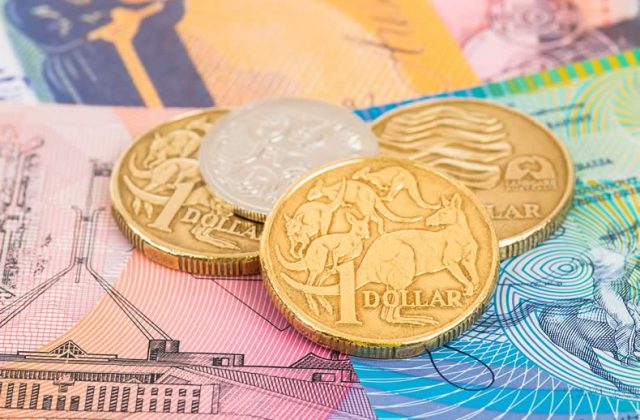
Australian Dollar In the ever-fluctuating world of currency exchange, the Australian dollar recently found itself in a precarious position. In European trade, it suffered a setback against a basket of major rivals, marking its third consecutive day of losses against the US dollar. This downturn led the Australian dollar to plumb three-week lows, and the root cause? Australian inflation data.
Australian Dollar A Peek into the Data
The Australian inflation data that caused this stir did not spring any nasty surprises for the policymakers at the Reserve Bank of Australia (RBA). In fact, it had the opposite effect—it reduced the likelihood of another Australian rate hike in the coming week. Let’s delve deeper into the factors contributing to this situation.
Australian Dollar The Weakening Aussie
The Australian dollar, often affectionately called the “Aussie,” is not only influenced by domestic factors but also by global economic dynamics. Currently, it is grappling with a weakened risk appetite, primarily due to the spike in US treasury yields and a growing sense of despondency regarding the global economy.
AUD/USD Exchange Rate
As the Australian dollar faced these challenges head-on, its exchange rate with the US dollar experienced a significant dip. It fell by 0.4% in the latest trading session, reaching a low of 0.6371, a level not seen since September 8. Despite a brief session-high at 0.6409, this decline marked the second consecutive loss against the US dollar, which is currently showing strength against most of its rivals.
The Inflation Angle
Australian consumer prices, as per expectations, saw a year-on-year rise of 5.2% in August. This uptick was a slight increase from the 4.9% recorded in July, driven primarily the surge in global energy prices. Analysts are quick to point out that this inflationary trend can largely attributed to the recent surge in oil prices, which came dangerously close to the $100 per barrel mark.
However, when we exclude food and energy prices to focus on core inflation, Australia’s scenario tells a different story. Here, we see a continuous decline, suggesting a more complex economic landscape.
Predictions and Possibilities
The Commonwealth Bank is among those who believe that the Reserve Bank of Australia will maintain its rates unchanged at 4.1%. This prediction grounded in the belief that core inflation is not showing significant signs of increasing. As the RBA keeps a watchful eye on economic indicators, these numbers provide valuable insights into the future direction of monetary policy.
In conclusion, the Australian dollar’s recent tumble in European trade, particularly against the US dollar, is a multifaceted issue. While inflation data played a part in this decline, global economic conditions, and the dynamics of risk appetite also had their say. As we move forward, the path of the Australian dollar will continue to influenced by a delicate balance of domestic and international factors.
Frequently Asked Questions
-
Why did the Australian dollar fall against the US dollar in European trade?
The Australian dollar faced a decline due to a combination of factors, including Australian inflation data, a weakened risk appetite, and a stronger US dollar. -
What caused the rise in Australian inflation?
Australian inflation saw an increase primarily because of surging global energy prices, with oil prices nearing $100 per barrel. -
Is the Reserve Bank of Australia expected to change interest rates soon?
The Commonwealth Bank predicts that the Reserve Bank of Australia will maintain its rates unchanged at 4.1% as core inflation continues to taper up. -
How long had it been since the Australian dollar reached its recent low in European trade?
The Australian dollar hit its recent low in European trade, reaching levels not seen since September 8. -
What factors are influencing the Australian dollar’s performance in the global market?
The Australian dollar’s performance influenced by both domestic factors, such as inflation data, and global factors, including the state of the global economy and US treasury yields.
